Introduction
Joo Chiat’s shophouses in Singapore are emblematic of the country’s rich Peranakan heritage, blending architectural elements from Chinese, Malay, and European traditions.
Established in the 1920s and 1930s, these colorful and intricately decorated buildings are located in a conservation area that underscores both cultural preservation and modern adaptation.
Notable for their historical and aesthetic significance, Joo Chiat was recognized as Singapore’s first Heritage Town in 2011, reflecting its role in preserving cultural history while serving contemporary urban needs.
The Peranakan Culture
Katong developed into a residential suburb by the early 20th century. It became populated by a growing English-educated middle class, including Peranakans and Eurasians.
The neighbouring Joo Chiat area is named after Chew Joo Chiat, a wealthy Chinese landowner in the early 20th-century.
The area’s identity is especially shaped by its unique pre-war architecture – colourful two-storey shophouses and terrace houses with ornate facades, intricate motifs and ceramic tiles.
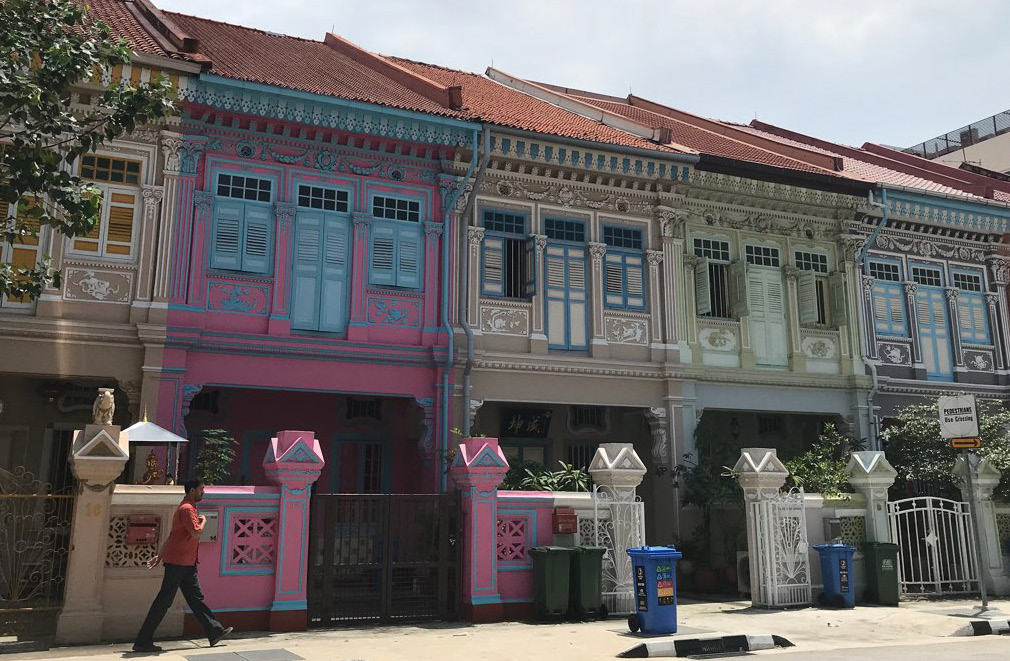
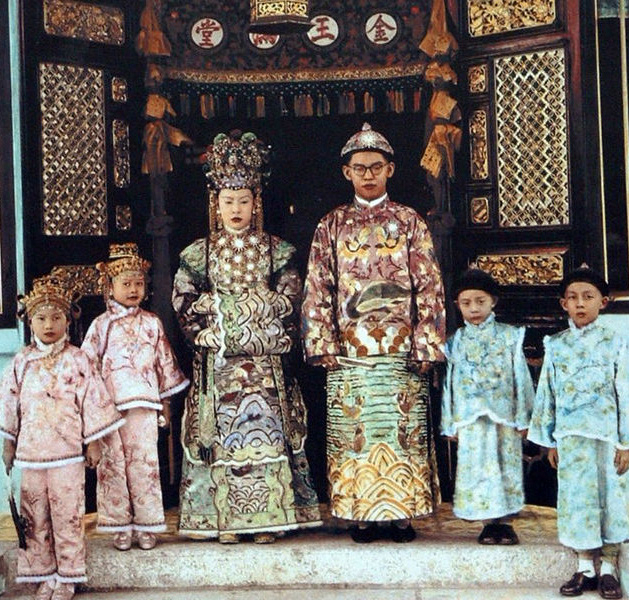
Each Motif Tells a Story
By curating and studying traditional patterns, motifs and the craft aesthetics, we are looking into the local cultural background as we retrace the roots of Peranakan symbolism and art.
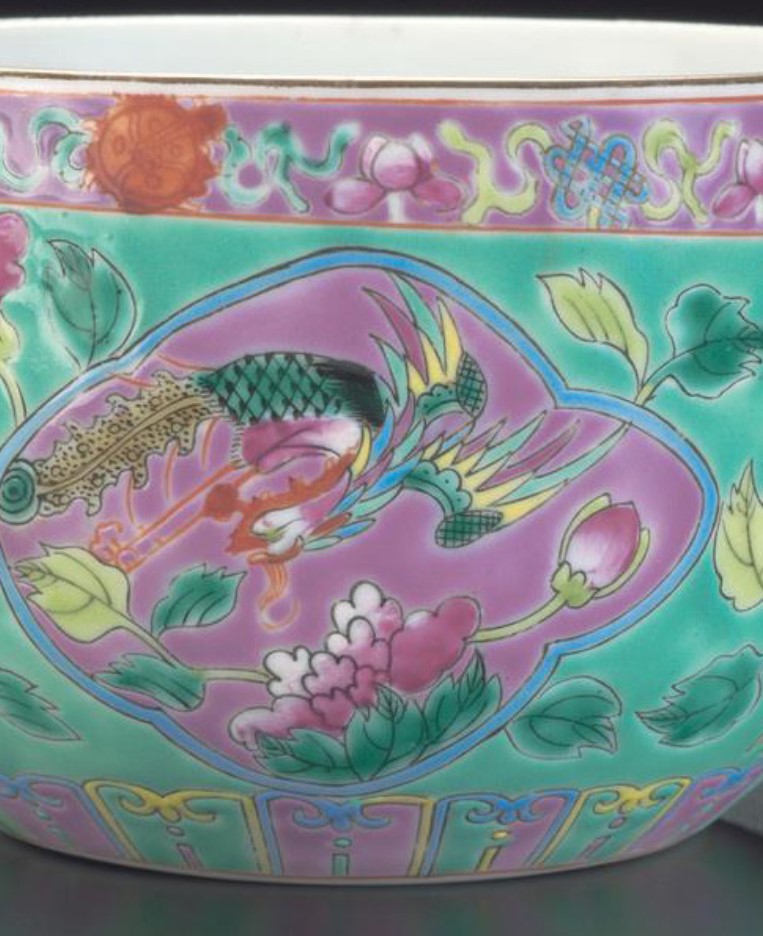
Curation of Artefacts (1912-1949 Republican)
Artefacts researched upon were mostly ‘Nyonyaware’ with colours such as Turquoise, Pink, Yellow – featuring Pheonix and Peonies as the main predominant subjects.
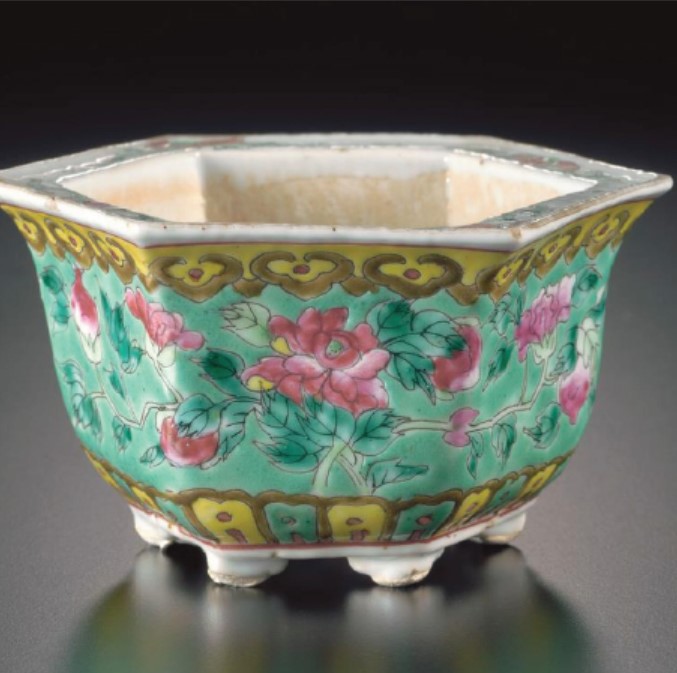
Curation of Artefacts (1930-1960)
Beadwork and embroidery began to show up during this period. European influences on visual art can be seen from the introduction of animal motifs such Deer, Dogs and Ducks – which are not found in other ‘Nyonyaware’.
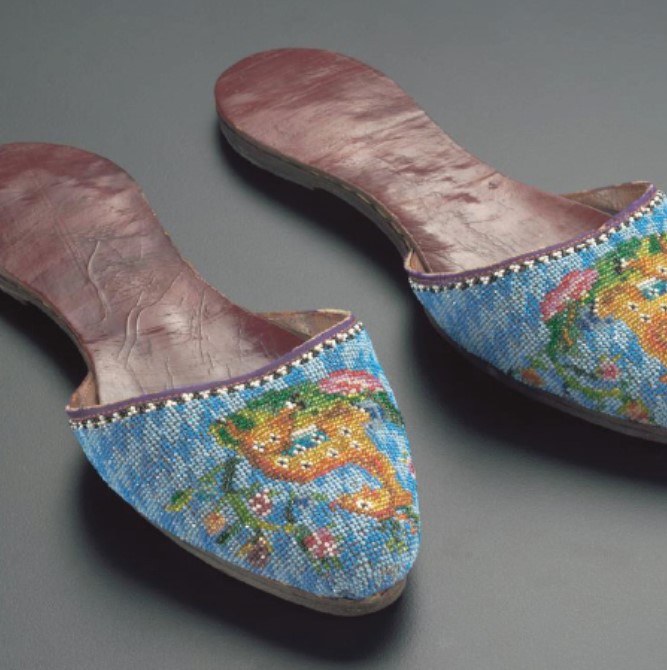
Curation of Artefacts (Mid 20th-Late 20th)
Different from ‘Nonyaware’, beadwork and embroidery do not feature much Phoenixes and Peonies as as fruits, flowers and birds take on a more predominant appearance in the handicrafts.
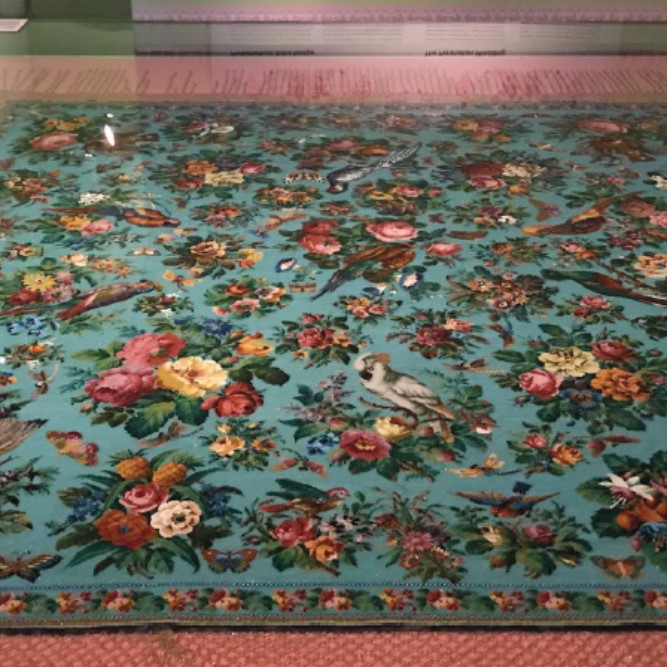
Phoenix & Peony- Main Subject On Nyonyaware
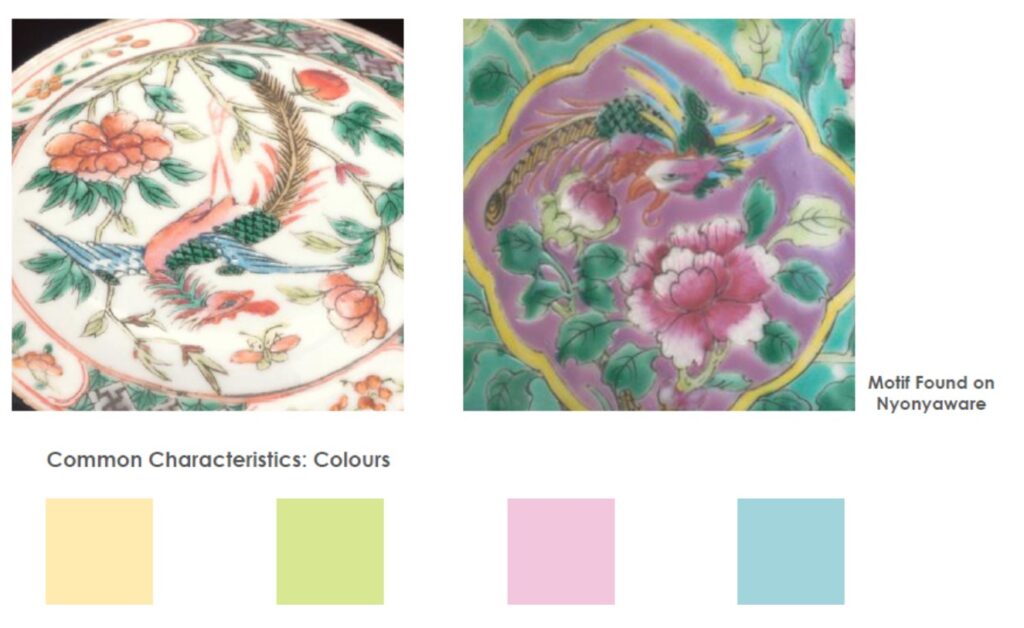
Curation Of Motifs Throughout A Timeline
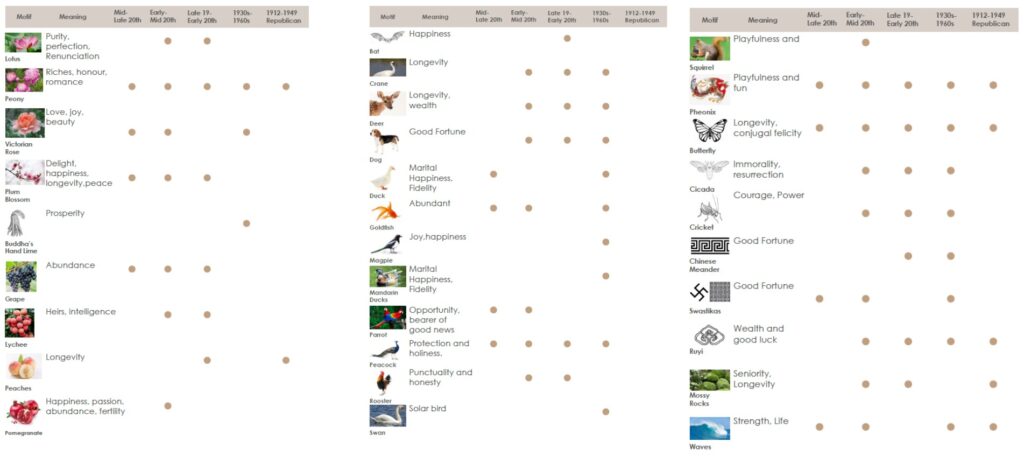
Evaluation
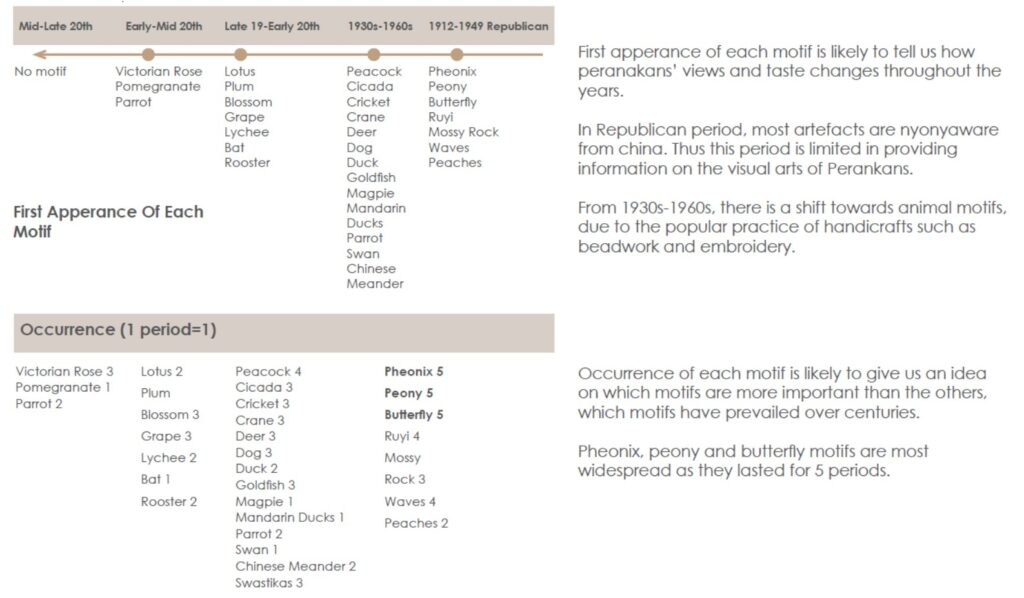
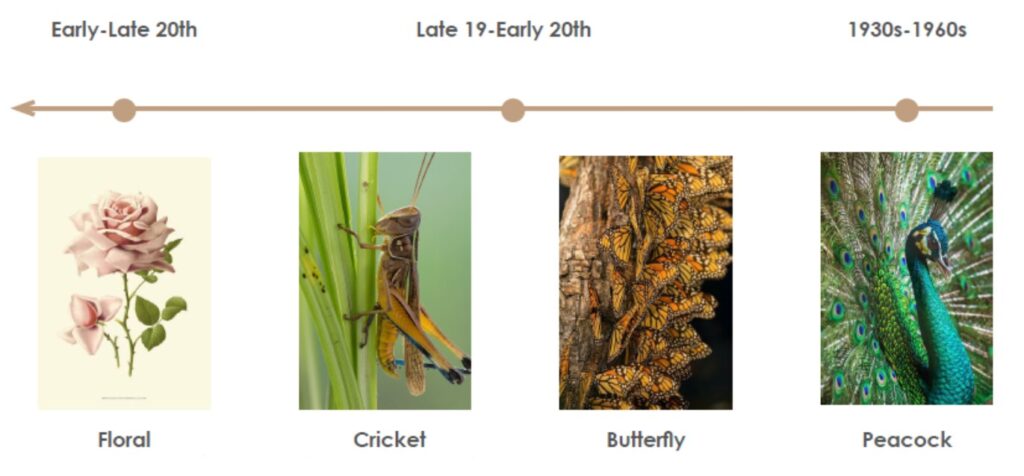
Image Archives of Peranakan Ceramic Tiles
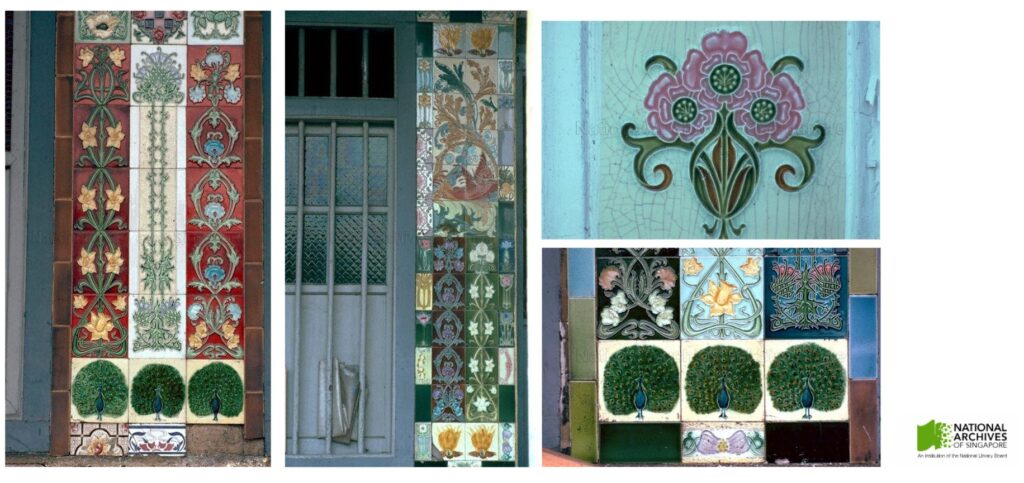
We proceeded to scour the National Archives of Singapore for images and photographs of Peranakan tiles to begin to create an archive of our own for the dataset.
Proposed GAN – styled outcomes
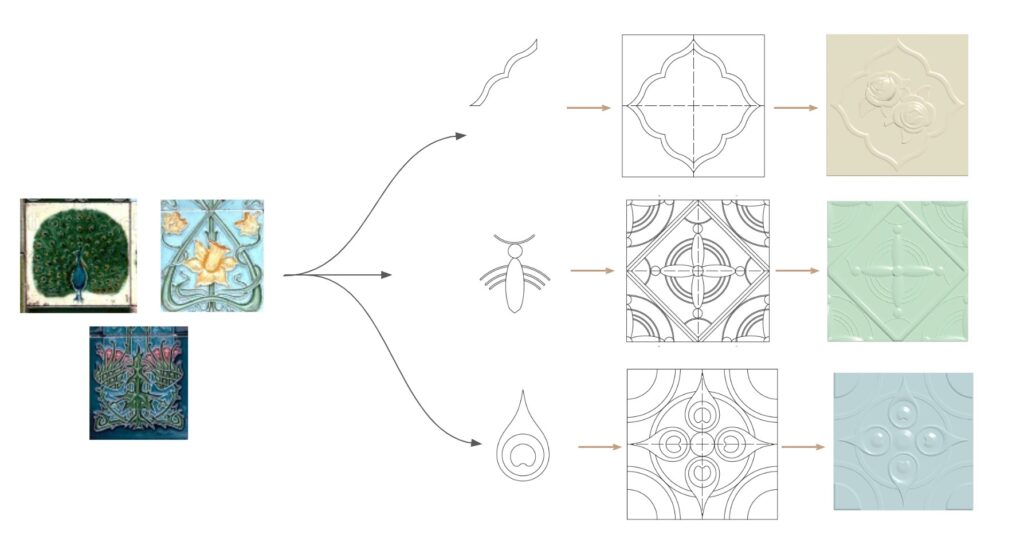
Our initial concept was to use GANs to generate tiles that has characteristics from learned archive images as trained models.
Trials with SDXL
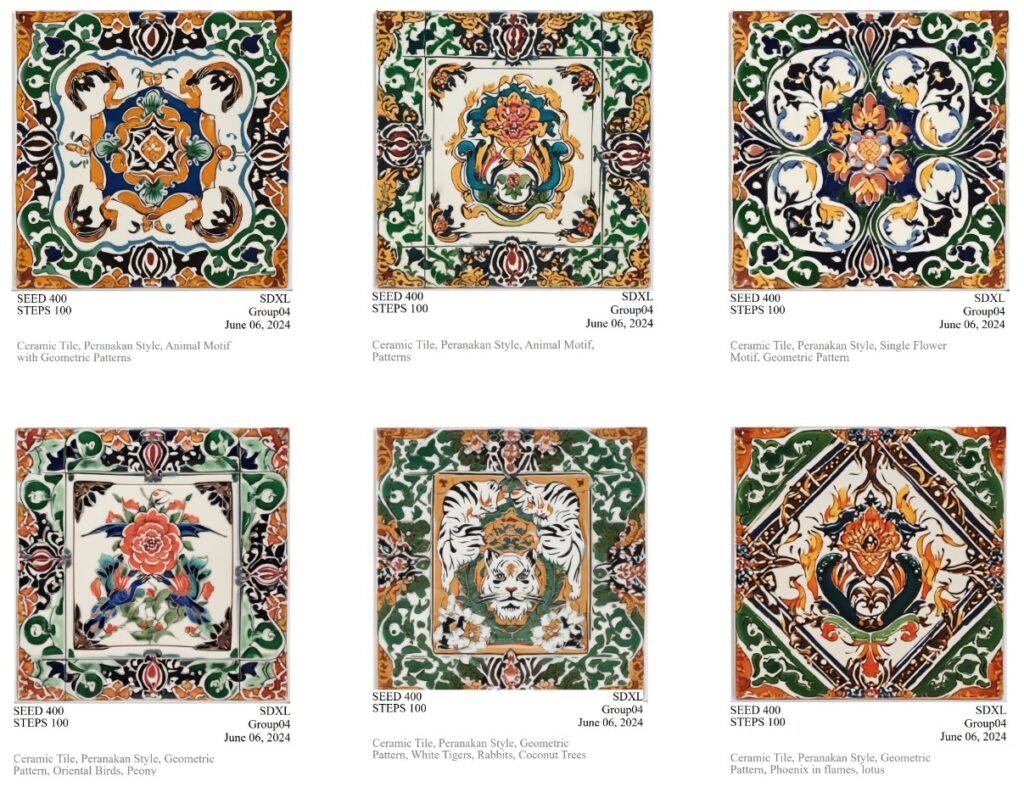
We trialed with SDXL to test prompts and what are the possibilities to create tiles from it – the synthetic dataset were quite accurate and promising to what we intended
Training datasets for LoRA
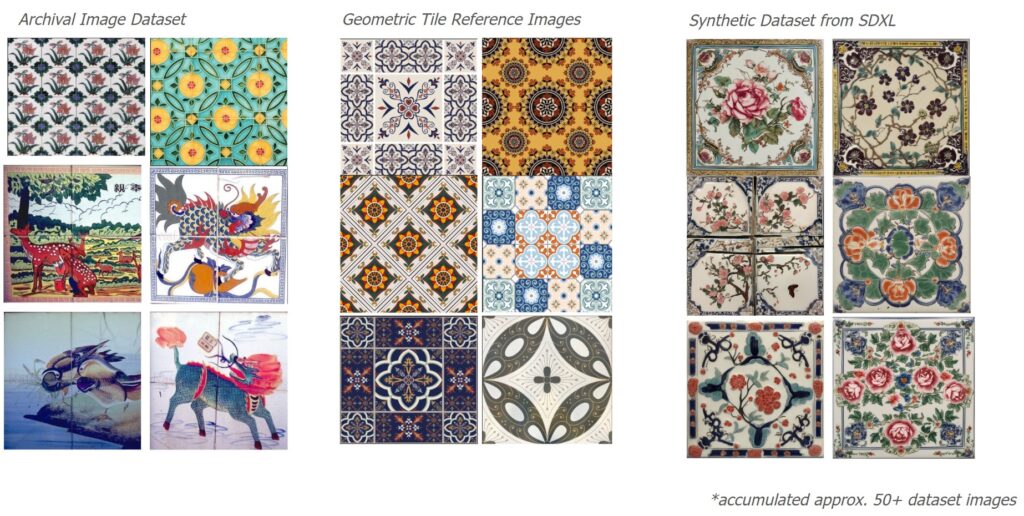
To train our dataset utilising LoRA (Low-Rank Adaptation), we decided to use a mix of data sets – Archival Image, Geometric Tile References and the Synthetic Dataset we created from SDXL. Primarily because the archival images we encounter are of low-resolution & non- homogenous (photographs taken at different lighting conditions and from different periods of technology)
Training datasets for LoRA


Outcomes with LoRA

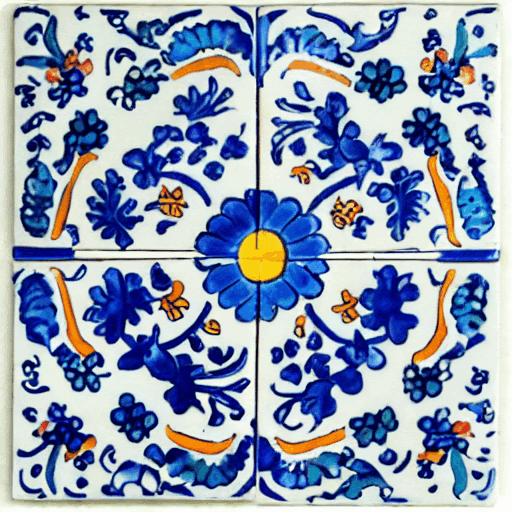

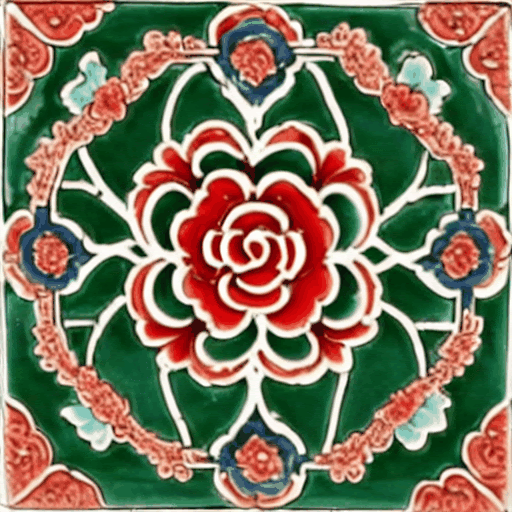



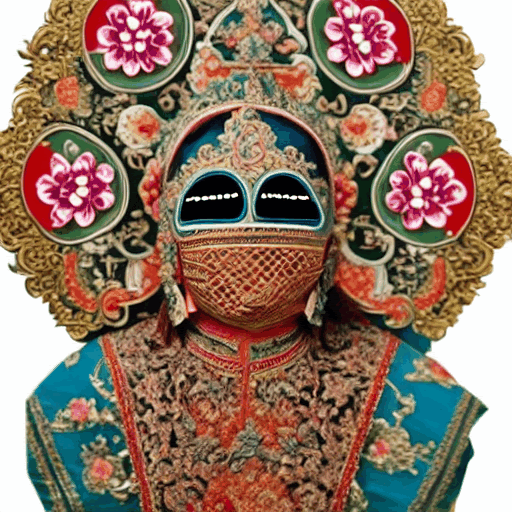

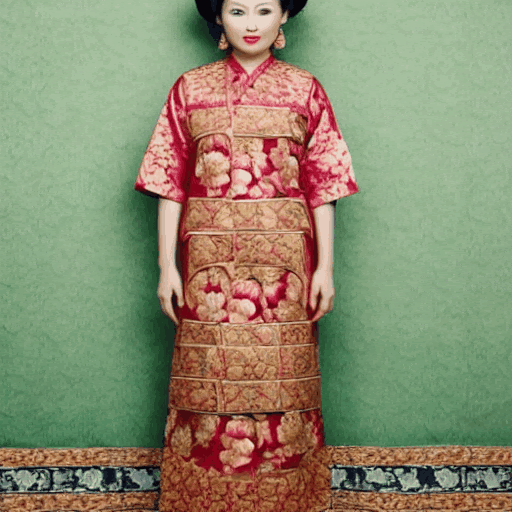

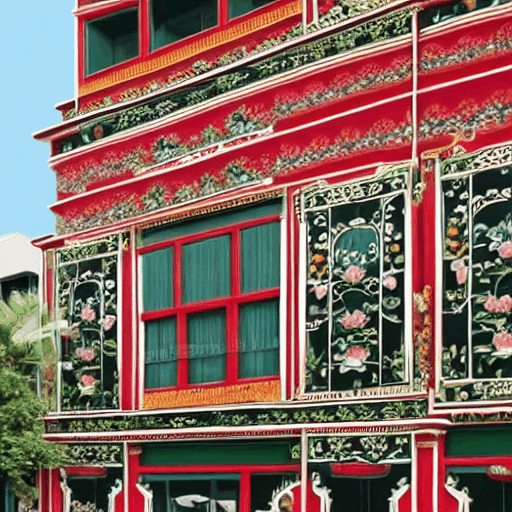

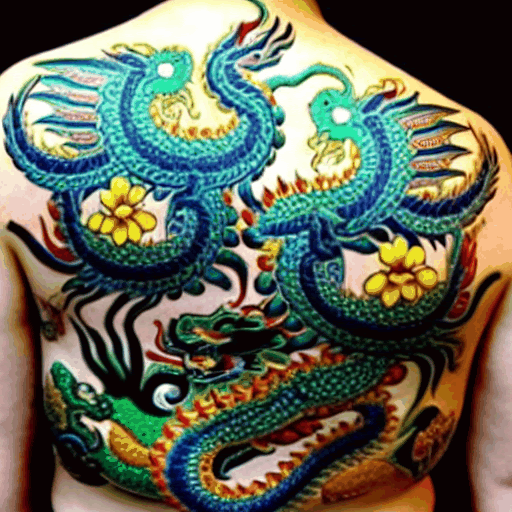

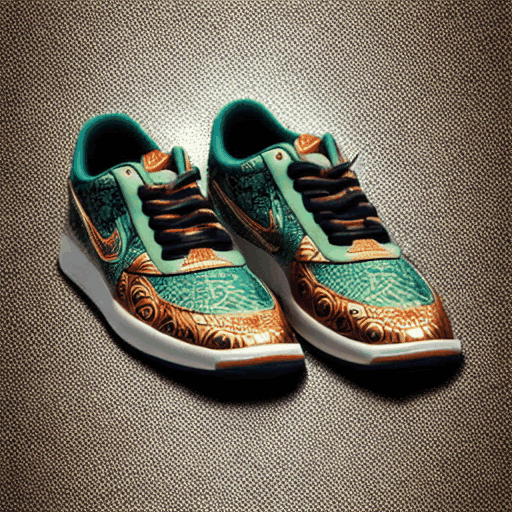
We utilised LoRA with the datasets to generate outcomes ranging from tiles, artwork, architecture and onto contemporary objects. It was a powerful tool and inspiring to see that the visual culture can be preserved with this method of AI.

